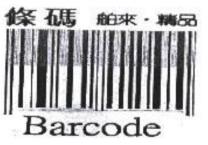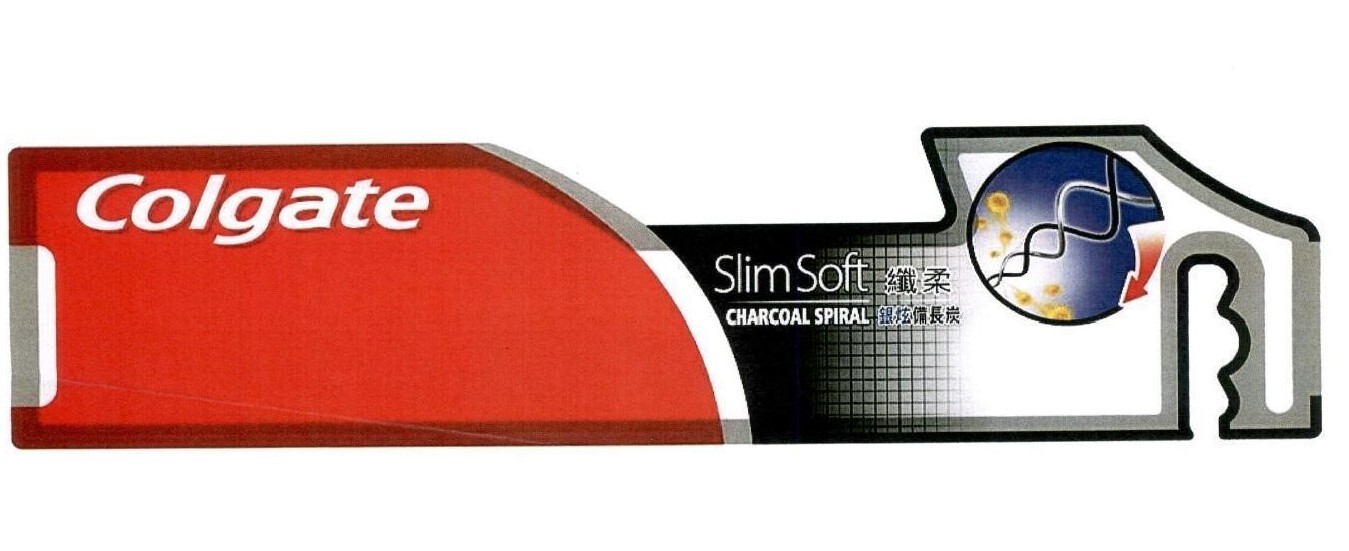First Revision in 10 Years: Trademark Examination Guidelines on Distinctiveness & Key Points You Should Know
Date: 26 August 2022
【Volume 89】
The latest “Examination Guidelines on Distinctiveness of Trademarks” (“Guidelines”) have just been announced by the Taiwan Intellectual Property Office (“IPO”) and will be enforced on 1 September, 2022. This is the first revision the IPO made in the last 10 years, the goal being to strengthen the examination standards of trademark distinctiveness and add example cases on different spectrum of distinctiveness. The extensive amendments also greatly increase the number of pages of the Guidelines from 51 pages to 120 pages. The amended Guidelines were enacted and promulgated on 26 July, 2022 by the IPO, and will provide helpful guidance for applicants to assess whether a mark is distinctive.
We select and summarize the highlighted amendments of the Guidelines in the following article, which serves as a reference for applicants seeking trademark protection in Taiwan.
1.Two core criteria for trademark distinctiveness
a. Factors in Assessing Distinctiveness
1. Whether the visual appearance of the mark, concepts conveyed by the mark and the meaning of the device itself form a commercial impression which can identify the source of goods and services.
2. Distinctiveness of a trademark is characterized by the function of indicating the source of specific goods or services. Therefore, the IPO would consider whether giving exclusive rights to the trademark proprietor would inhibit freedom of the competitors to use the mark, thus harming market competition.
b. Standards of Merely Descriptive Mark
1. When consumers can link the mark to the goods or services for which registration is sought, and the mark only describes the quality, function, feature or other characteristics of the designated goods or services, the mark is considered merely descriptive.If a mark is not distinctive only when applied to certain goods or services, the same mark may still be distinctive with regard to other goods or services.
2. Even if a mark is not a merely descriptive mark directly describing the goods or services, the IPO shall continue to determine whether the mark is likely to mislead the public as to the nature, quality, or place of origin of the goods or services (Article 30 I(8) of the Taiwan Trademark Act).
2.Generic signs and terms claiming acquired distinctiveness are not registrable to ensure fair competition in the market
Example: The “Star of Life” symbol “ ” contains the serpent and staff, which has become synonymous with emergency medical care. Consumers will not be able to identify the source of the goods and services. It should be prevented to allow one particular party to get the exclusive right and harm competition and the market, or obstruct others to use the sign by the means of litigation. Therefore, such sign should not be registered as a trademark by a specific person.
” contains the serpent and staff, which has become synonymous with emergency medical care. Consumers will not be able to identify the source of the goods and services. It should be prevented to allow one particular party to get the exclusive right and harm competition and the market, or obstruct others to use the sign by the means of litigation. Therefore, such sign should not be registered as a trademark by a specific person.
3.Determining factors for distinctiveness of slogans
a. Whether the slogan as a whole is creative or is a suggestive mark
b. Whether the slogan as a whole is descriptive in that it directly describes the quality, function or other characteristics of the designated goods or services
c. Whether the slogan is a common advertising phrase or a combination of words that is necessarily used by competitors
d. The applicant’s global trademark portfolio and actual status of registration and use of the trademarks shall also be considered.
Example of an accepted trademark:
|
(Registration no. 02223251) |
Class 43 Food and drink stores; snack bars; restaurants; fast food restaurants; ramen noodle restaurants
The mark is comprised of two similar-sounding English phrases “Open it” and “Open eat”, and is suggestive of “open and eat; open and serve”. This creative design easily leaves impression on consumers and is not a direct description of service. Moreover, as the phrase does not follow English grammar rules, it is not a common phrase nor a word combination that is necessarily used by competitors.
Therefore, it is a suggestive mark and is distinctive. |
4.Case examples of distinctive word marks
a. Descriptive words possess distinctiveness considering the overall appearance of the mark
Example:
|
(Registration No.: 02160769) |
Class 3 Lotions for cosmetic purposes; cosmetic; milks [cosmetics]; make-up remover; cosmetic preparations for skin care, etc. “ESSENTIA” is a Latin word with the meaning of “necessity, fundamental and essential”, which is a descriptive word without distinctiveness. However, since the overall appearance of the mark consists of a leaf font design with the original word, it no longer remains a description of word. After declaring not claiming trademark rights to the word "ESSENTIA", the trademark was approved and registered. |
b.Compound words may be distinctive if it transcends the original meaning
Compound words that convey meaning beyond what is literally understood are distinctive. This may be achieved by a creative play or change on the grammar or definition.
Example:
|
(Registration No.: 01809578) |
Class 7 Food scrap processor; kitchen scrap processor; kitchen refuse (waste) processor, etc.
The combination of "GREEN" and "GOOD" in the mark does not follow the rule of English grammar. But, through this "wrong" way of combining words, the mark itself becomes distinctive since it creates novel impressions to consumers.
After declaring not claiming trademark rights to the word "COMPOSTER", the mark was approved and registered. |
5.Updated standards for distinctiveness of figurative trademarks
a. Trending figurative designs
Figurative designs relating to current affairs or popular trends have been widely used by various owners in different industries, therefore, consumers do not consider them indicative since they lose the function of differentiating the source of goods.
For example, the mark “  ” derived from the trending finger heart gesture is not distinctive.
” derived from the trending finger heart gesture is not distinctive.
b. Purely informational signs
Purely information figures or signs are widely used on packages or operator interfaces, describing the functions, usages, and other characteristics of the designated goods. Since such mark merely describes the nature of the product, it is not distinctive. Both one-dimensional barcodes and QR codes belong to this type.
Example:
Commonly used informative symbols and designs like “ ” which represents the product is UV resistible and “
” which represents the product is UV resistible and “  ” which denotes a bar code, are not distinctive.
” which denotes a bar code, are not distinctive.
c. Packaging design or exterior design of products
Example:
|
(Application No.: 01857772) |
Class 21 Toothbrushes; toothbrushes, electric; interdental brush; artificial tooth brush; fingertip toothbrush The graphic design of the package imitates a toothbrush storage box while combining a distinctive word “Colgate”. As a condition of registration, the words “Slim Soft” along with others were disclaimed. |
6.Foreign surnames are deemed distinctive based on Taiwan consumers’ understanding
According to the Taiwan Intellectual Property and Commercial Court’s recent judgments, foreign surnames are deemed distinctive and relevant examination guidelines are updated in the current revision.
Examples:
Foreign surnames such as “FORD” and “TOYOTA” are deemed distinctive based on the understanding of Taiwan consumers.
As for a more detailed introduction about an actual case relating to foreign surnames, you can refer to our previous Wisdom News.
7. New criteria of misleading the public regarding geographical names and signs, and place of origin
The Guidelines revised the factors for examining whether a mark misleads the public about the place of origin. In the past when addressing such issue, the IPO would issue an Office Action if they considered there is direct relation between the applicant’s address and the geographical name in the trademark. Under the Guidelines, the IPO would also take into account whether the consumers would associate the mark with geographical locations resulting from the marketing model of the designated goods.
8. New criteria of misleading the public regarding the name of the company or the organization
The Guidelines provide circumstances in which the mark may mislead the public about the source of goods and services. For example, a natural person applicant shall not use a company’s full name in the mark. Or, a corporate applicant shall not use words like “college” or “university” in the mark. Otherwise, both situations would probably confuse consumers as to the source of their designated goods or services, and hence being likely to mislead the public.
Wisdom Suggested Strategies
While this is a rather significant revision to the examination guidelines on distinctiveness, the revised guidelines are largely based on previous ones with the addition of more specific and detailed regulations.
What is also noteworthy is the fact that the Taiwan Trademark Act views “lack of distinctiveness” and “likelihood of misleading the public as to the nature or quality of the goods or services” as two separate grounds for disapproval. However, a mark (especially the information of the goods/services or geographical names included therein) may be subject to both of the grounds at the same time, and as such, how these cases should be adjudicated is one of the main focuses of the guidelines. In this revision, several disapproved cases are enumerated and explained. The determination of the likelihood of misleading the public is also extensively analyzed, which may imply that the IPO will continue to highlight the significance of this criterion during examination.










